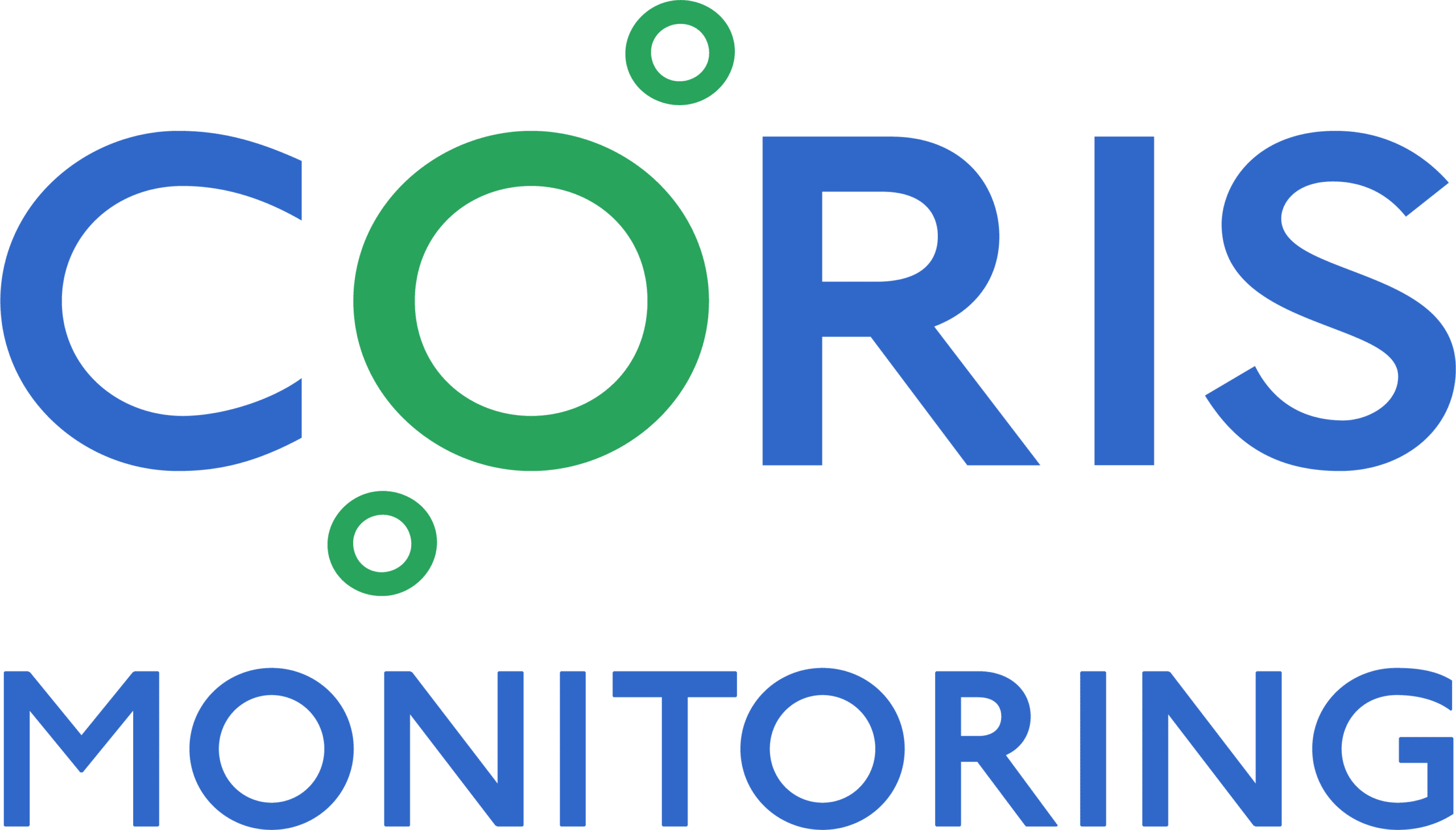Laboratories are home to a variety of stored samples, each of which carries its own unique value. For fertility clinics and research labs, it’s a matter of priceless, often irreplaceable samples. For hospitals and clinical labs, it’s a matter of costly medicines and therapies that might have long lead times for replacement.
With a lot on the line in terms of potential loss, it’s best practice for all types of labs to invest in continuous temperature monitoring that alerts them to potential issues in all scenarios. Think of this investment in laboratory risk management as a safety net for your most valuable assets — one that prevents the devastating impact of cold storage temperature failures, a topic that we’ll dive into deeper below.
The Devastation Tied to Lab Freezer Failures
You’ve likely come across a few stories in the news of freezer failure in labs — and while the culprit for the failure tends to vary, it’s the lack of being notified of the issue that causes the problem to escalate and loss to occur.
In 2019, Children’s Hospital Los Angeles experienced this unfortunate scenario, with a freezer malfunction causing the loss of 56 children’s blood stem cells first harvested at the start of their oncology therapy and stored as an asset for future use. While the temperature sensors were cited as the source of the freezer failure, it was ultimately the insufficient safeguards and alarm failures that led to the problem going undetected.
Since that freezer failure, CHLA has replaced the freezer and upgraded their temperature monitoring system — but the residual damage from the incident can’t be understated. Five lawsuits were issued by the affected patients and their families, with the loss of stem cells that are either irreplaceable or would be painful and time-intensive to recover from patients again.
Lawsuits tied to the loss of lab samples can come with significant costs. Look no further than the case of Pacific Fertility Center in San Francisco where five people received $15 million after enduring the pain, suffering and emotional distress of losing their eggs and embryos in an undetected storage tank malfunction.
In the case of medications and vaccines, temperature failure costs can also add up quickly — beyond the loss of the assets themselves. Several years ago, the Kaiser Foundation Hospital in San Francisco was fined $50,000 for administering medications and vaccines stored at improper temperatures to roughly 4,000 patients. Complicating that matter, the application of compromised medications and vaccines over the course of three years created potential health dangers for its recipients.
How Continuous Temperature Monitoring Fits Into Risk Management in Laboratories
Laboratories are sensitive environments where risk management and mitigation strategies have long been in place. But as quality and safety requirements have evolved, it’s important the systems that support these strategies have the capabilities to meet today’s standards.
Continuous temperature monitoring systems fit the bill. Built for around-the-clock temperature monitoring of lab freezers and refrigerators — even in the event of an internet or power outage — these systems help laboratories ensure they’re prepared to maintain quality control and safety at all times. Regardless of whether power, internet or phone systems are down, there’s assurance that personnel will be notified of temperature issues in real time. So before a destructive freezer failure occurs (regardless of reason), laboratories will have the intel to act fast and prevent disasters costly on various fronts.
Ready to invest in a continuous temperature monitoring system for your lab? Look no further than the comprehensive, state-of-the-art CORIS system. Here’s how it works.





